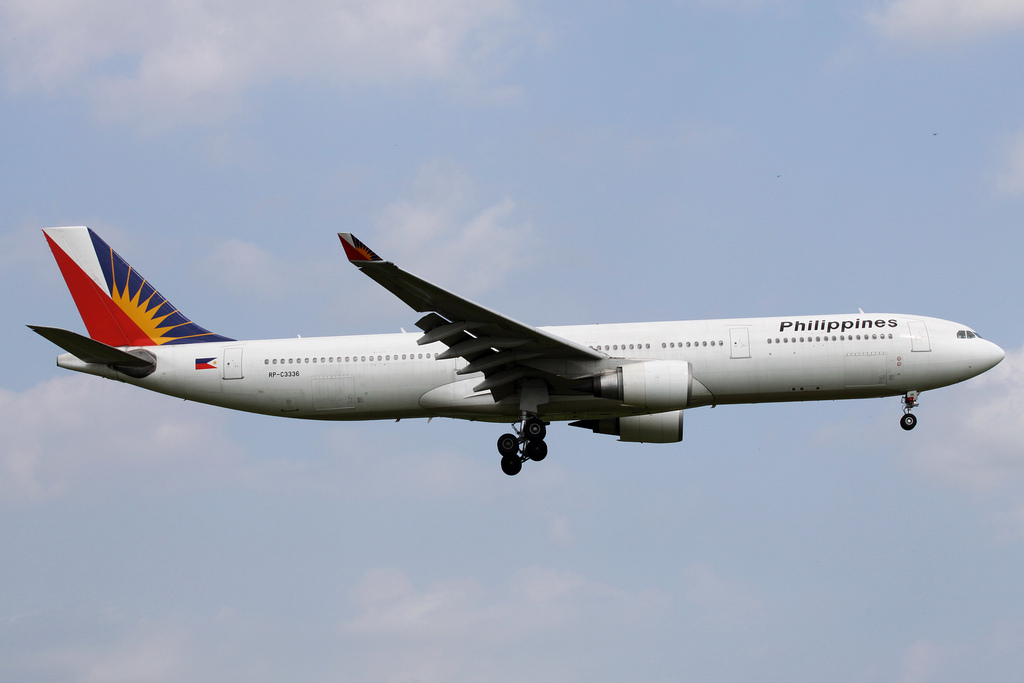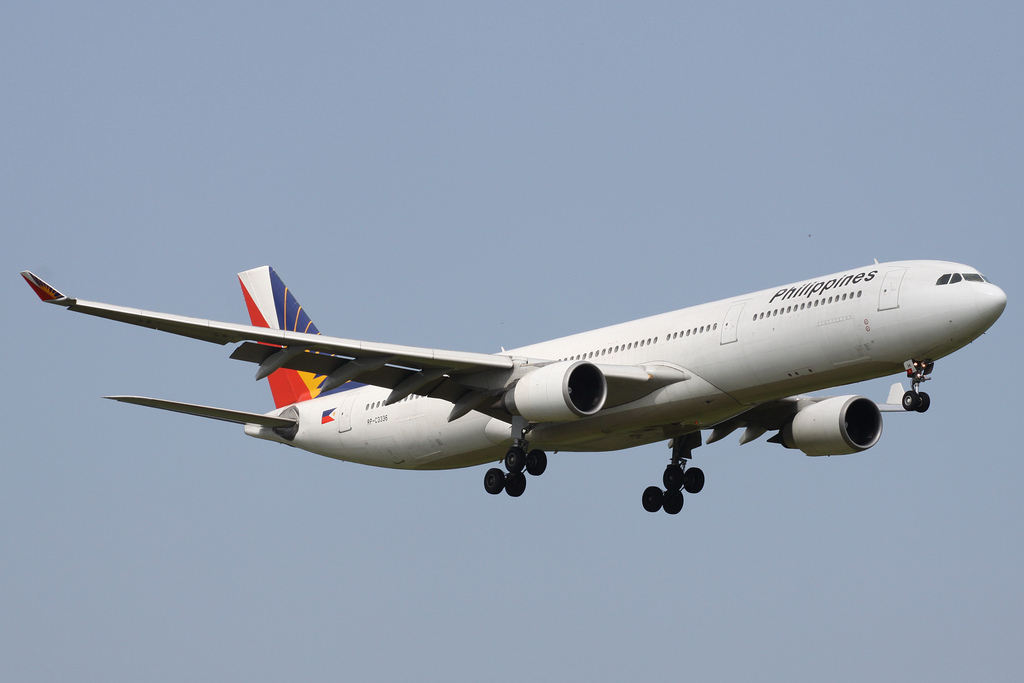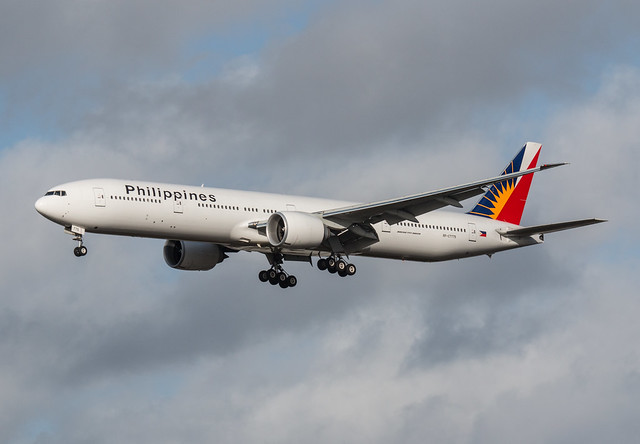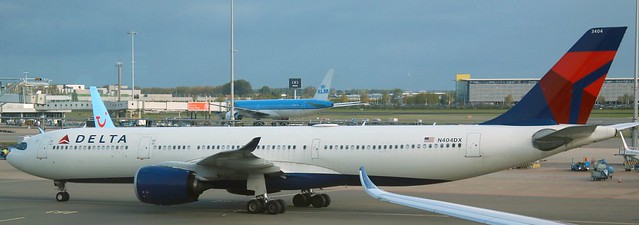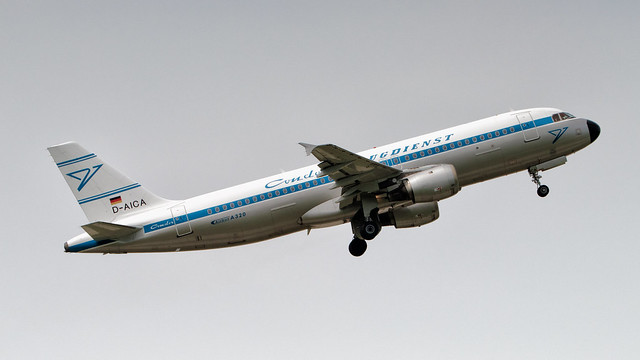Philippine A332 at Manila on Oct 7th 2013, aft cargo fire
Last Update: February 5, 2016 / 15:54:37 GMT/Zulu time
Incident Facts
Date of incident
Oct 7, 2013
Classification
Report
Airline
Philippine Airlines
Flight number
PR-512
Departure
Singapore, Singapore
Destination
Manila, Philippines
Aircraft Registration
RP-C3336
Aircraft Type
Airbus A330-200
ICAO Type Designator
A332
The Civil Aviation Authority of the Philippines (CAAP) released their summary of the final report concluding the probable causes of the accident were:
The inadvertent mixing of dangerous substances glycerin and potassium permanganate initiated the incipient fire in aft cargo compartment. The incipient fire at the aircraft Aft Cargo Compartment was triggered by inadvertent mixture of spilled contents of individual small containers of dangerous substances containing potassium permanganate and glycerin contained in luggages of passengers who were Kayak athletes placed at aft cargo compartment.
Contributory Factor
- Inadequate system of identifying contents of checked-in passengers’ baggages that contain dangerous goods. The check-in baggages contain amounts of dangerous goods and other chemicals that when inadvertently spilled and made contact with each other will initiate fire. These dangerous goods in small quantities were not adequately covered by manual/psychological and technology inspection/monitoring at the aircraft point-of origin and when not well-secured in luggages provide the probability of inadvertently mixing while on flight.
- Inadequate proficiency of pilot in the timely implementation of the procedures for Aft Cargo Compartment Smoke Warning. The PIC upon indication of smoke warning after aircraft “on block” failed to immediately execute Level 3 procedure which include triggering of fire extinguishing bottles and call out for support from airport fire fighting capabilities.
Underlying Factor
- Inadequate passenger information and airport security procedure on the identification and control of the updated list of dangerous goods and its safety handling. The passengers are under informed on the safety aspects of handling or avoiding transport of dangerous goods. Likewise, airport security personnel still need dynamic update in training and equipage to closely inspect/monitor its transport by air.
The CAAP reported that the flight was smooth with a maximum vertical acceleration of +1.04G encountered during turbulence.
The CAAP wrote describing the sequence of events:
When the aircraft was parked at Bay 43 and “on block” at 2305H, the PIC ordered the doors disarmed and opened for the passengers to disembark and cargoes unloaded. At about 2325H when the “securing the aircraft and parking checklist” was completed, the Electronic Centralized Aircraft Monitor (ECAM) warning indicated an aft cargo smoke. Then, the rear cabin crew heard crackling sounds and later noticed smoke coming from the rear of the cabin at about 2325H. One of the rear cabin crew rushed to the cockpit and personally relayed to the PIC the smoke in the rear cabin. At this point, the PIC with the FO went out of the cockpit and verified the smoke in the rear cabin then the PIC went back to the cockpit alone, and discharged the Fire Extinguishing Bottles for the aft cargo compartment then went out of cockpit. After awhile, upon remembering that the battery was already off, the PIC returned to the cockpit, put on the battery and repeated the firing of the fire extinguishing bottles for the aft cargo compartment. After this, at about 2355H the PIC departed the aircraft since the cause and source of the smoke was undetermined.
Outside the aircraft, the Ramp Service agent of MacroAsia (the ramp service provider of PAL) noticed that the aircraft arrived at Bay 43 at about 2306H much earlier than the scheduled arrival at 2320H. At about 2310H, the agent was ready to open the aft cargo compartment door and there was no unusual indication observed. However, from his position at Lower Deck loader there was smell of burnt plastic/rubber. When he opened the aft cargo door there was thick smoke and hot air pushing out. The cargo loader immediately moved away from the aft cargo door and returned to close the door after 15 minutes then informed the Ramp Supervisor who called the MIA Fire protection unit.
Immediately 5 Firemen (without fire truck) arrived on site and used two (2) units of 10 lbs standby ramp fire extinguisher since the three (3) 150 lbs standby fire extinguisher failed to function.
At about 1133H the fire truck arrived and positioned at aft right of aircraft. As this developed, the ground personnel and the responding fire fighting entities helped out until the smoke and fire had been suppressed. Then the cargo loaders unloaded the Unit Loading Devices (ULDs) that were affected by fire under the close supervision of the Safety Office of PAL.
Burnt baggages were maintained intact and sealed per ULDs to secure and preserve the evidences for determining the source of fire and to safety office area for safekeeping. The aircraft was towed at Lufthansa Technik Philippines for quarantine to be ready for the conduct of safety investigation.
Incident Facts
Date of incident
Oct 7, 2013
Classification
Report
Airline
Philippine Airlines
Flight number
PR-512
Departure
Singapore, Singapore
Destination
Manila, Philippines
Aircraft Registration
RP-C3336
Aircraft Type
Airbus A330-200
ICAO Type Designator
A332
This article is published under license from Avherald.com. © of text by Avherald.com.
Article source
You can read 2 more free articles without a subscription.
Subscribe now and continue reading without any limits!
Read unlimited articles and receive our daily update briefing. Gain better insights into what is happening in commercial aviation safety.
Send tip
Support AeroInside by sending a small tip amount.
Related articles
Philippine B773 at Los Angeles on Nov 21st 2019, engine surge
A Philippine Airlines Boeing 777-300, registration RP-C7775 performing flight PR-113 from Los Angeles,CA (USA) to Manila (Philippines) with 342…
Philippines A333 at Manila on Nov 23rd 2012, hydraulic failure
A Philippine Airlines Airbus A330-300, registration RP-C3335 performing flight PR-438 from Manila (Philippines) to Nagoya (Japan), was in the initial…
Newest articles
Delta A339 at New York on Apr 21st 2024, nose wheel steering fault
A Delta Airlines Airbus A330-900, registration N404DX performing flight DL-49 from Amsterdam (Netherlands) to New York JFK,NY (USA) with 295 people…
Condor A320 near Lausanne on Apr 21st 2024, hydraulic problem
A Condor Airbus A320-200, registration D-AICA performing flight DE-1412 from Munich (Germany) to Fuerteventura,CI (Spain), was enroute at FL340 near…
Subscribe today
Are you researching aviation incidents? Get access to AeroInside Insights, unlimited read access and receive the daily newsletter.
Pick your plan and subscribePartner

A new way to document and demonstrate airworthiness compliance and aircraft value. Find out more.

ELITE Simulation Solutions is a leading global provider of Flight Simulation Training Devices, IFR training software as well as flight controls and related services. Find out more.

Your regulation partner, specialists in aviation safety and compliance; providing training, auditing, and consultancy services. Find out more.
AeroInside Blog
Popular aircraft
Airbus A320Boeing 737-800
Boeing 737-800 MAX
Popular airlines
American AirlinesUnited
Delta
Air Canada
Lufthansa
British Airways

